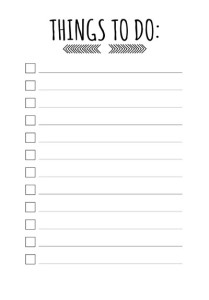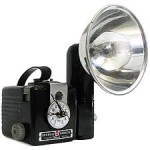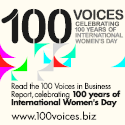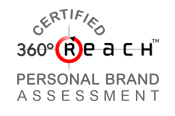 The end of the year brings a long list of “to do’s.” Is updating your LinkedIn profile on your list? If not, it probably should be.
The end of the year brings a long list of “to do’s.” Is updating your LinkedIn profile on your list? If not, it probably should be.
If you have identified with my recent comments on “drift,” an update to your LinkedIn profile can counteract professional drift.
If you are experiencing the drift in your career or on your team, this is a great time of year to release the autopilot and counteract drift. What would happen if your entire team invested two hours between now and the end of the year focused on updating their professional presence on LinkedIn?
What would be the impact? Would it change market conditions or improve sales? No, it is not likely to have that type of significance. However, this can provide the rare, yet needed, occasion for your team to pause and focus on the talent and glorious skills that surround them every day.
This works just as well if you are in transition. Pause and ask yourself, “What value do I offer to the world? I am missing sharing something important?”
Whether leading a team or in transition, year-end is the perfect time to do just this.
LinkedIn is a great tool, yet so few leverage it. When was the last time you really thought about your profile or assessed how you use LinkedIn? When was the last time you updated your profile?
On a daily basis, thousands of people have the opportunity to stop by, visit your LinkedIn profile and take action. The potential for making business connections and building relationships is big.
Does your profile inspire “Aww’s” and “Wows” or a quick click away?
Does a reader pause and say, “Oh, it’s beautiful. I didn’t know that!”
The truth is no two people will see or read your profile the same way. Yet, you can influence what people know about you. You can impact how they interpret your skills and talents via your LinkedIn profile.
You can share the value you, or your team, or your organization has in the marketplace — a value that be may visible or hidden without action on your part.
Have you ever wondered:
- What does the market think of my LinkedIn profile?
- What significant message do my peers or company leaders get from reading my LinkedIn profile?
- How are others influenced when they review my LinkedIn profile?
- What signals or messages are received from my LinkedIn profile?
- Is my message clear?
- How do I come across? Interesting or scary?
- Does my profile say I am uninterested in my career?
- Am I seen as someone ready for the next level?
If you are seeking significance and fulfillment, don’t over look some of the simple steps that will help you reach your goals. Set aside two hours or so between now and the end of the year and update your LinkedIn profile.
If you want help with your profile, let’s talk.
If you are interested in FURTHER understanding how to review your LinkedIn Profile and quickly assess if your profile needs an update, my Presentation may serve you.
The Year-End LinkedIn Profile Update is now available!! You can REGISTER for it HERE!!!!
This focused review helps you take an objective look your profile and the areas you may need to update. It helps you understand what may be missing that is impacting who calls you (or doesn’t!) and what opportunities are ultimately shared with you.
Think about it. Do you have connections that are dropping away or not responding to you? Or maybe you are just not sure how to most effectively build connections and relationships with the “right” people on LinkedIn.
If it’s time for you to review your LinkedIn profile and begin changing the experiences others have with you online, let’s talk.
Are you ready to align awesome? Doing the work you love, living your purpose, and making an impact is fun and amazing!
If you liked this post, share it with your friends. And, don’t forget to share your thoughts below too, I’d love to hear from you!










